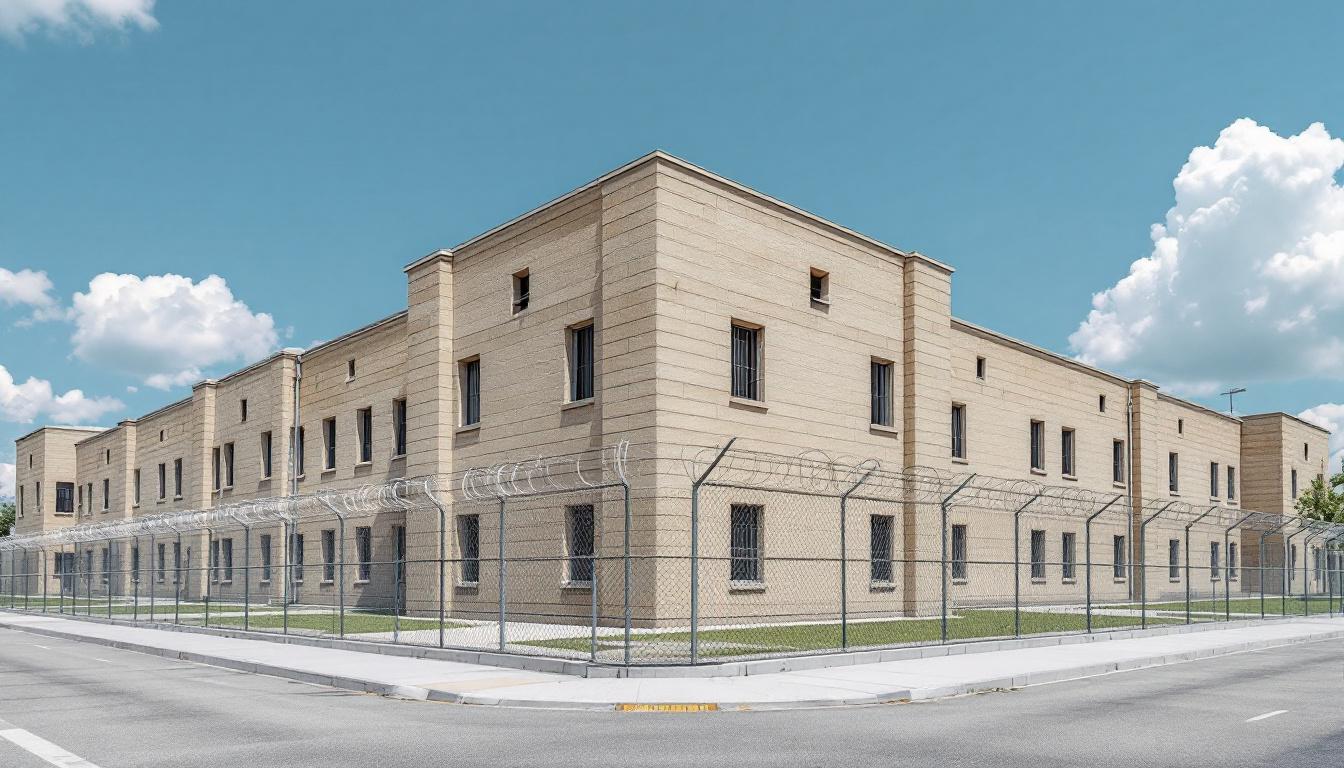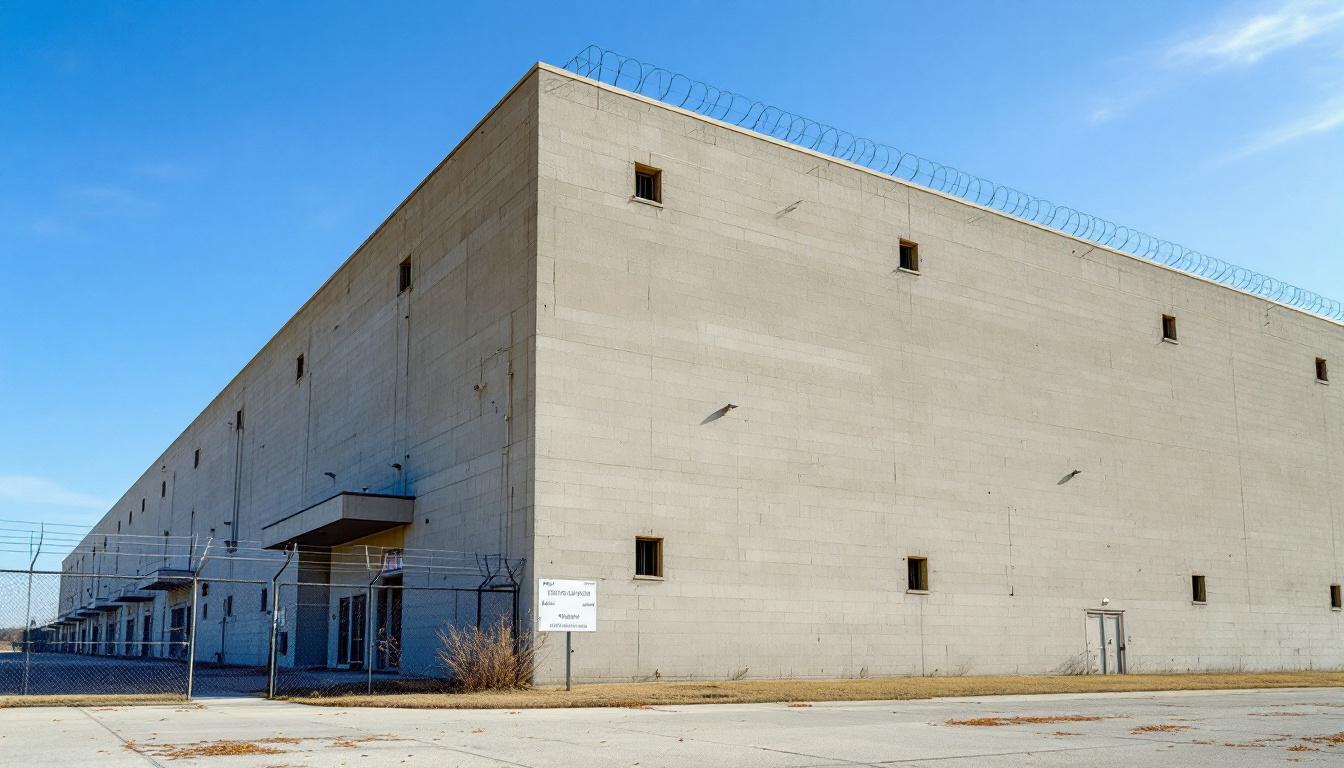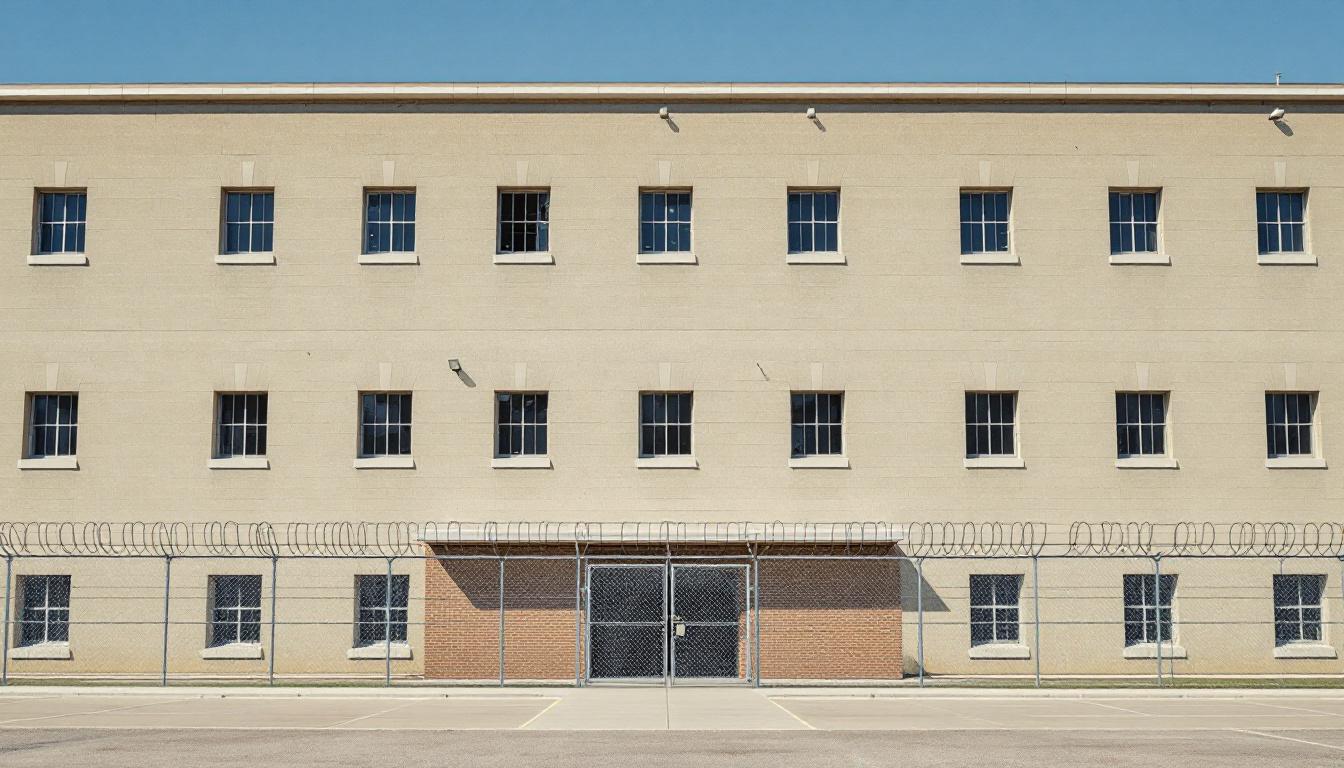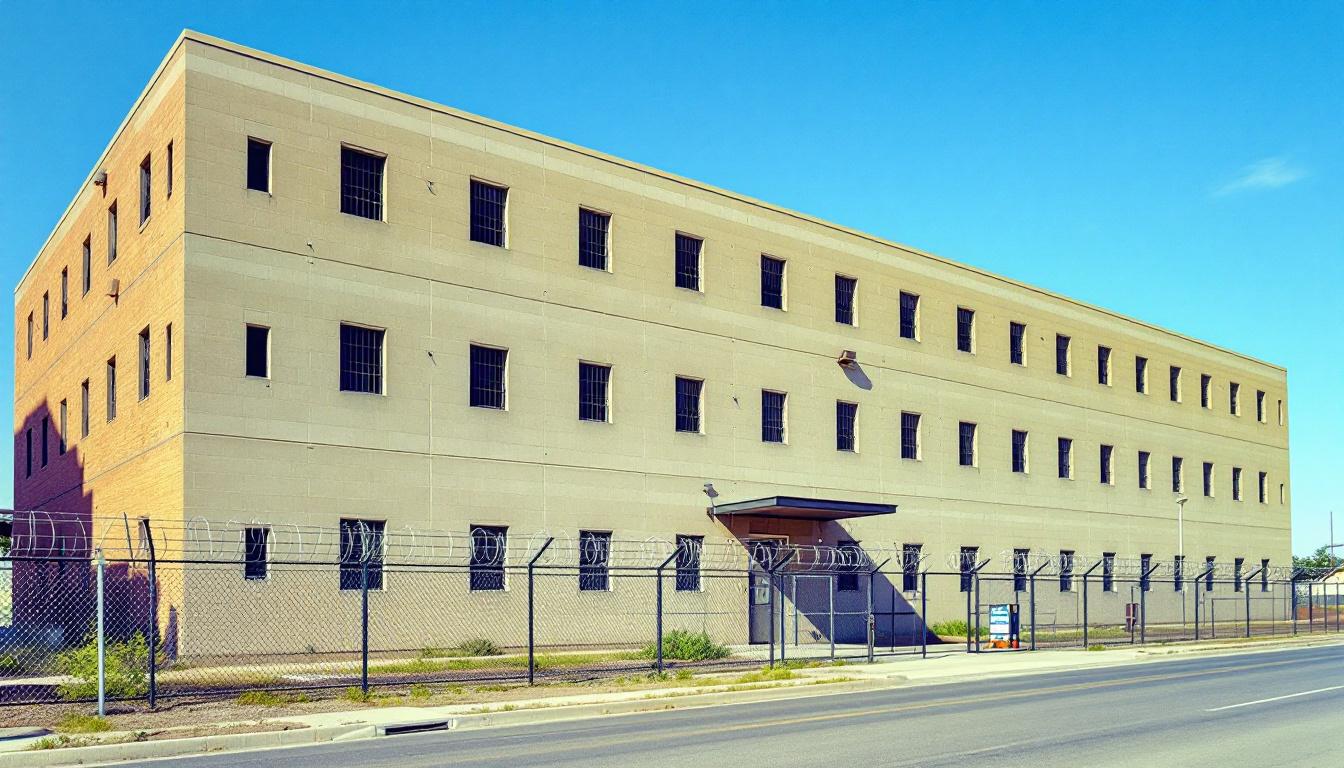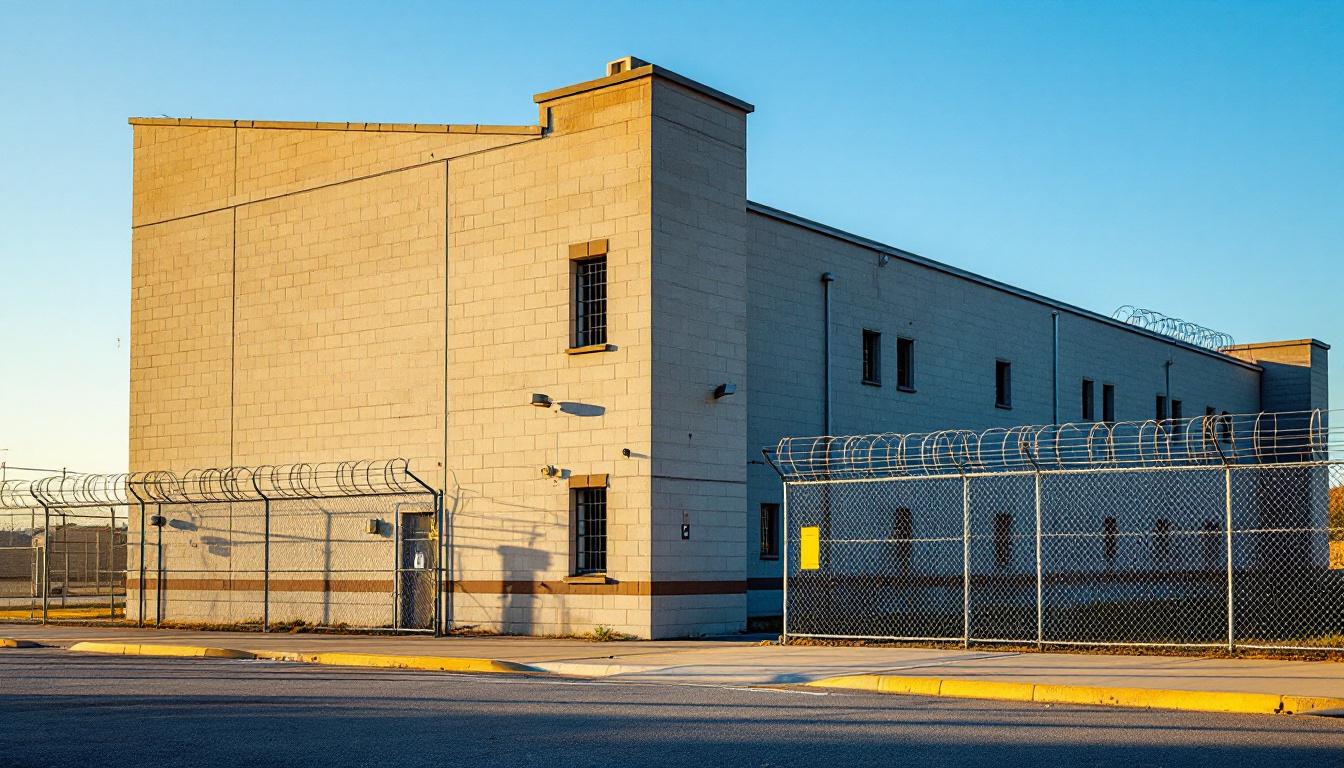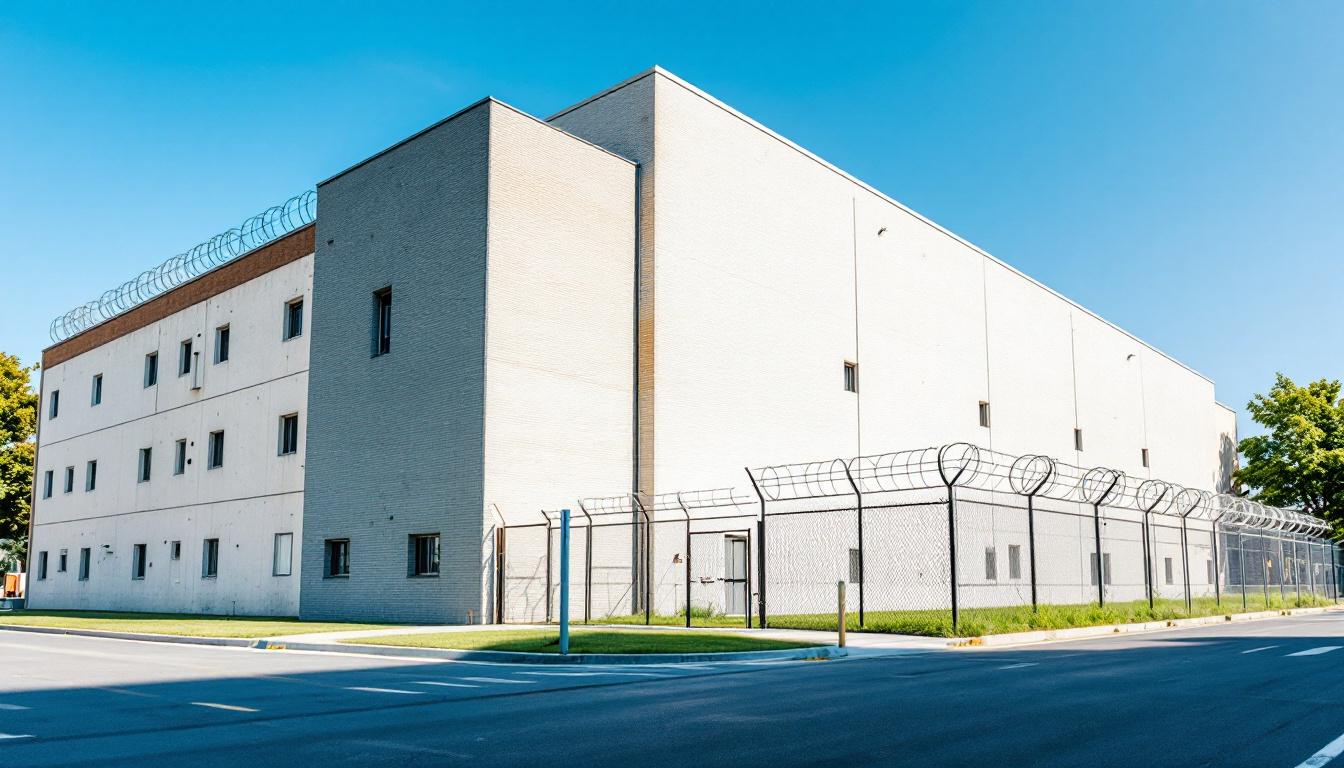
Quick Navigation
How to contact an inmate at The Lexington Assessment & Reception Center
This comprehensive guide will walk you through how to connect with an inmate at The Lexington Assessment & Reception Center. Follow the steps below to find an inmate and send letters and photos:
- Search for the inmate using our search tool below
- Create your account or log in to Penmate
- Write your message (up to 6,000 characters)
- Send instantly - inmates receive printed copies daily
Find an Inmate
Search for an inmate to start communicating today
Tip: You can search by first name, last name, or inmate ID number
To contact a person at The Lexington Assessment & Reception Center start by searching for the person on the official facility website. Perform a search by following these steps:
- Step 1: Enter their first name and last name into the search form and click "Search"
- Step 2: Locate their inmate record
- Step 3: Write down their Inmate ID and any housing information provided
Important! Be sure to enter the person's full name. Nicknames should not be used.
How to Send Messages to Inmates

You can use your phone or computer to send emails, letters, and photos to an inmate. Messages are sent electronically to inmate tablets or kiosks at the facility. If you would like to send a message, start by searching for an inmate at The Lexington Assessment & Reception Center.
Sending Photos and Postcards

A great way to send love and support to a loved one at The Lexington Assessment & Reception Center is to send photos and postcards. It only takes a few minutes to send photos from your phone and it makes a huge difference. You can also mail postcards with words of support and inspiration, or design your own postcard for special moments like birthdays and holidays.
Important! Be sure not to send any explicit photos or they may not be approved by the facility. You can also use a photo printing app like Penmate to make sure your photos are printed at the correct size (4x6 or 3x5) and are mailed according to the rules and regulations of The Lexington Assessment & Reception Center.
Frequently asked questions about The Lexington Assessment & Reception Center
-
How long does it take to deliver a message?
If you're sending an email message your letter is usually delivered within 24-48 hours. For messages sent via mail you should expect delivery within 3-7 days. All messages will need be approved by The Lexington Assessment & Reception Center.
-
How much does it cost to send a message to The Lexington Assessment & Reception Center?
You can send a message free using your phone or mail a message via USPS for the price of a $0.60 stamp and envelope. You can also purchase credits or e-stamps from services starting at $1.99.
-
What services can I use to contact an inmate at The Lexington Assessment & Reception Center?
Penmate
You can use Penmate to send letters and photos to an inmate from your phone. It's an easy way to stay in touch during your loved one's incarceration. Use the inmate locator to find an inmate's location and contact information, then you can send messages within a few minutes.
Securus messaging
Securus may be another option for communicating with an inmate at The Lexington Assessment & Reception Center. You can create a friends and family account and purchase credits to send messages. All messages will be reviewed and must be approved by the facility.
JPay
Some county jails and state prisons may support sending messages with JPay. You must register an account with the system, find your loved one, and purchase stamps to send messages. For some locations you can also attach photos.
Smart Jail Mail
You may also check if Smart Jail Mail is available at The Lexington Assessment & Reception Center. Smart Jail Mail is operated by Smart Communications and has contracted with some state and county jails. After purchasing credits, your messages and photos are sent to the facility, printed out, and then handed out to your loved one.
-
What is the mailing address of The Lexington Assessment & Reception Center?
Mailing address:
The Lexington Assessment & Reception Center
15151 OK-39
Lexington, OK 73051
Phone: (405) 527-5676Business hours:
- Monday: Open 24 hours
- Tuesday: Open 24 hours
- Wednesday: Open 24 hours
- Thursday: Open 24 hours
- Friday: Open 24 hours
- Saturday: Open 24 hours
- Sunday: Open 24 hours
-
What are the visiting hours at The Lexington Assessment & Reception Center?
Visiting hours at The Lexington Assessment & Reception Center vary by housing unit and security level. Generally, visits are scheduled on weekends and holidays, with some facilities offering weekday visits. Contact the facility directly at (405) 527-5676 or check their website for the current visiting schedule. Visits typically last 30-60 minutes and must be scheduled in advance.
-
What items are prohibited when sending mail to The Lexington Assessment & Reception Center?
Prohibited items typically include: cash, personal checks, stamps, stickers, glitter, glue, tape, staples, paperclips, polaroid photos, musical or blank greeting cards, hardcover books, magazines with staples, and any items containing metal or electronics. Only send letters on plain white paper with blue or black ink. Photos must be printed on regular photo paper (no Polaroids). Always check with The Lexington Assessment & Reception Center for their specific mail policies.
-
How do I send money to an inmate at The Lexington Assessment & Reception Center?
You can send money to an inmate at The Lexington Assessment & Reception Center through several methods: 1) Online using JPay, Access Corrections, or the facility's approved vendor, 2) Money orders mailed directly to the facility with the inmate's name and ID number, 3) Kiosks located in the facility lobby, or 4) Over the phone using a credit or debit card. Fees vary by method, typically ranging from $2.95 to $11.95 per transaction.
-
Can I schedule a video visit with an inmate at The Lexington Assessment & Reception Center?
Many facilities now offer video visitation as an alternative to in-person visits. At The Lexington Assessment & Reception Center, video visits may be available through services like Penmate, Securus Video Connect, GTL, or ICSolutions. Video visits typically cost $10-20 for 20-30 minutes and must be scheduled in advance. You'll need a computer or smartphone with a camera and reliable internet connection. Contact the facility for their specific video visitation policies and approved vendors.
-
What identification do I need to visit an inmate at The Lexington Assessment & Reception Center?
All visitors must present valid government-issued photo identification such as a driver's license, state ID, passport, or military ID. Minors must be accompanied by a parent or legal guardian who can provide the minor's birth certificate. Some facilities require visitors to be on the inmate's approved visitation list, which may require a background check. Contact The Lexington Assessment & Reception Center for specific ID requirements and visitor approval procedures.
-
How can I find out an inmate's release date?
To find an inmate's release date at The Lexington Assessment & Reception Center, you can: 1) Use the online inmate search tool if available, 2) Call the facility's records department, 3) Contact the inmate's case manager or counselor, or 4) Have the inmate provide this information during a call or visit. For privacy reasons, some facilities only release this information to immediate family members.
Facility Overview
Contact Information
The Lexington Assessment & Reception Center15151 OK-39
Lexington, OK 73051
Phone: (405) 527-5676
Official Website

About The Lexington Assessment & Reception Center
Nestled in the heart of Cleveland County, the community of Lexington, Oklahoma, serves as home to a correctional facility that plays a vital role in the state's approach to offender management and support. The Lex Assessment & Reception Center operates as a reception and intake facility, where individuals entering the Oklahoma correctional system typically begin their journey toward rehabilitation and eventual reintegration into their communities.
This OK correctional facility functions as a comprehensive assessment hub, where newly admitted individuals undergo thorough evaluations to determine appropriate placement within the broader correctional network. The center's collaborative approach involves working closely with various departments and specialists to ensure that each person's specific needs, security level, and program requirements are carefully identified. Through detailed intake processes, staff members may conduct medical screenings, psychological evaluations, and educational assessments that help inform future housing and programming decisions. The facility's accessibility-focused environment aims to provide clear information and support to both residents and their families during what can often be a challenging transition period.
The residents services at this Lexington facility typically encompass basic healthcare, orientation programs, and initial counseling support designed to help individuals understand the correctional system and begin planning for their time in custody. As part of the south region's correctional infrastructure, the center often coordinates with community organizations and family members to maintain important connections that support successful outcomes. The reception and intake facility designation means that stays are generally temporary, with most individuals eventually transferring to other institutions based on their assessed needs and security classifications, though the foundation established during this initial period may significantly influence their overall correctional experience.
Programs & Services
Comprehensive assessment and strategic classification form the cornerstone of rehabilitative initiatives at Lex Assessment & Reception Center, where residents undergo systematic evaluation to determine appropriate placement and programming needs. This facility typically emphasizes a multifaceted approach to reentry preparation, recognizing that successful community reintegration requires addressing diverse aspects of an individual's circumstances and capabilities. The center's philosophy often centers on identifying each resident's strengths, challenges, and potential pathways toward positive behavioral change during the critical intake period.
Educational and vocational initiatives may deliver foundational learning opportunities designed to enhance residents' marketability upon release. Academic programming often includes basic literacy instruction, GED preparation, and continuing education pathways that address varying skill levels among the population. Moreover, vocational training initiatives typically focus on developing practical, employment-ready competencies in trades and technical fields that align with regional workforce demands, providing residents with concrete skills that may facilitate their successful transition back into society.
Support services and therapeutic initiatives encompass a comprehensive range of interventions addressing spiritual, emotional, and practical reentry needs. Faith-based programs often provide residents with spiritual guidance and community connections, while peer support groups may deliver structured opportunities for individuals to share experiences and develop mutual accountability relationships. Decision-making skills training typically focuses on cognitive behavioral approaches that help residents develop better judgment and problem-solving capabilities. Moreover, transitional planning services often include systematic preparation for release, addressing housing, employment, and community support connections, while volunteer programs may provide additional mentorship and guidance throughout the assessment and classification process.
Daily Life & Visitation
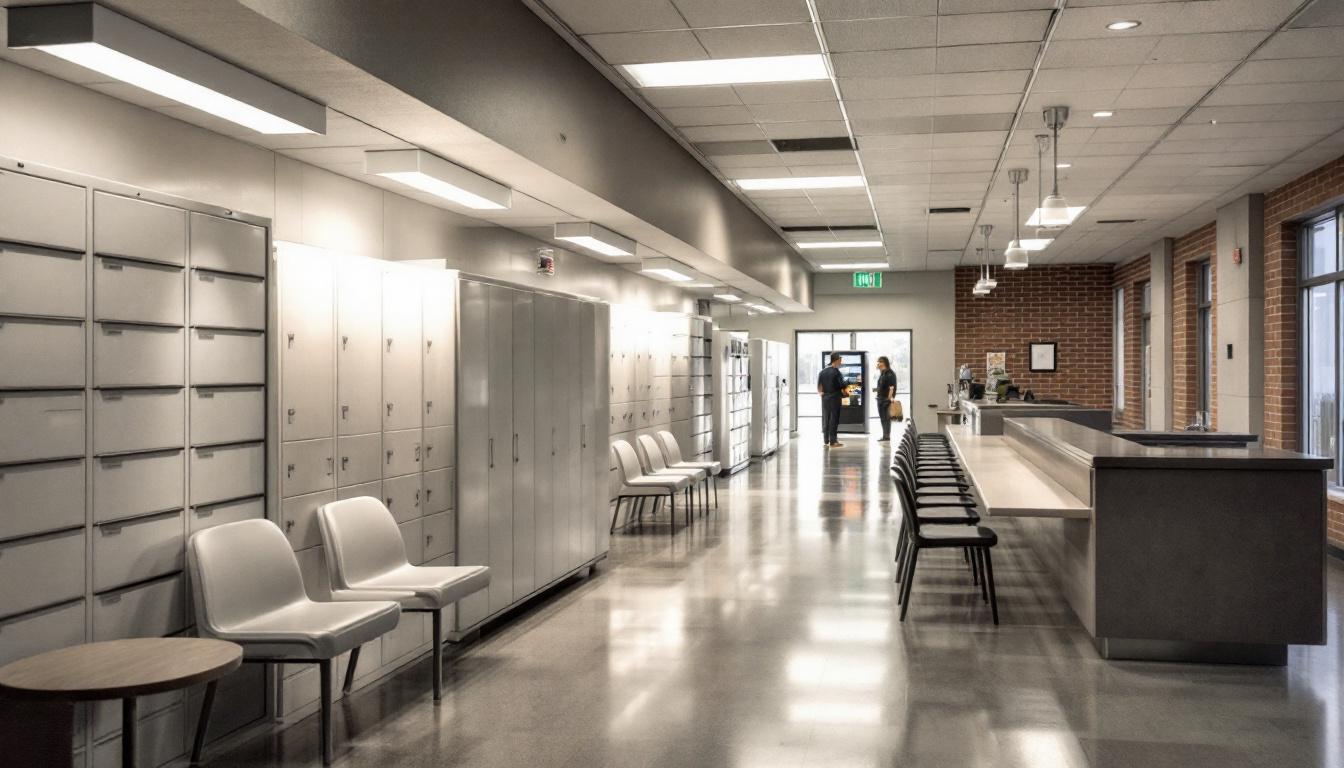
The steady rhythm of structured schedules begins before dawn and continues throughout each day, with residents at present following carefully organized routines that actively provide predictability and order. Wake-up calls typically occur in the early morning hours, followed by personal hygiene time, facility counts, and meal service in designated dining areas. Residents generally move between housing units, programming areas, and work assignments according to established schedules that deliver consistency and help maintain institutional security.
Moreover, living accommodations typically consist of shared cells or dormitory-style housing units where residents store their approved personal belongings and maintain their assigned living spaces. The facility generally provides three meals daily in communal dining areas, with menus that meet basic nutritional requirements and accommodate certain dietary restrictions. Whereas recreation time may include access to outdoor yards, indoor common areas, and television viewing during designated hours, these activities operate within the framework of the facility's security protocols and staffing availability.
Programming schedules actively incorporate various educational opportunities, work assignments within the facility, and structured activities that help residents maintain productive daily routines. Family connections typically remain possible through scheduled visitation periods and telephone privileges, though these communications generally operate under specific guidelines and monitoring procedures. The commissary system usually allows residents to purchase approved items to supplement their basic needs, while work assignments may include food service, maintenance duties, or other facility operations that contribute to the institution's daily functioning and provide residents with structured responsibilities.
Ready to Connect?
Start communicating with your loved one today
Search for an Inmate

